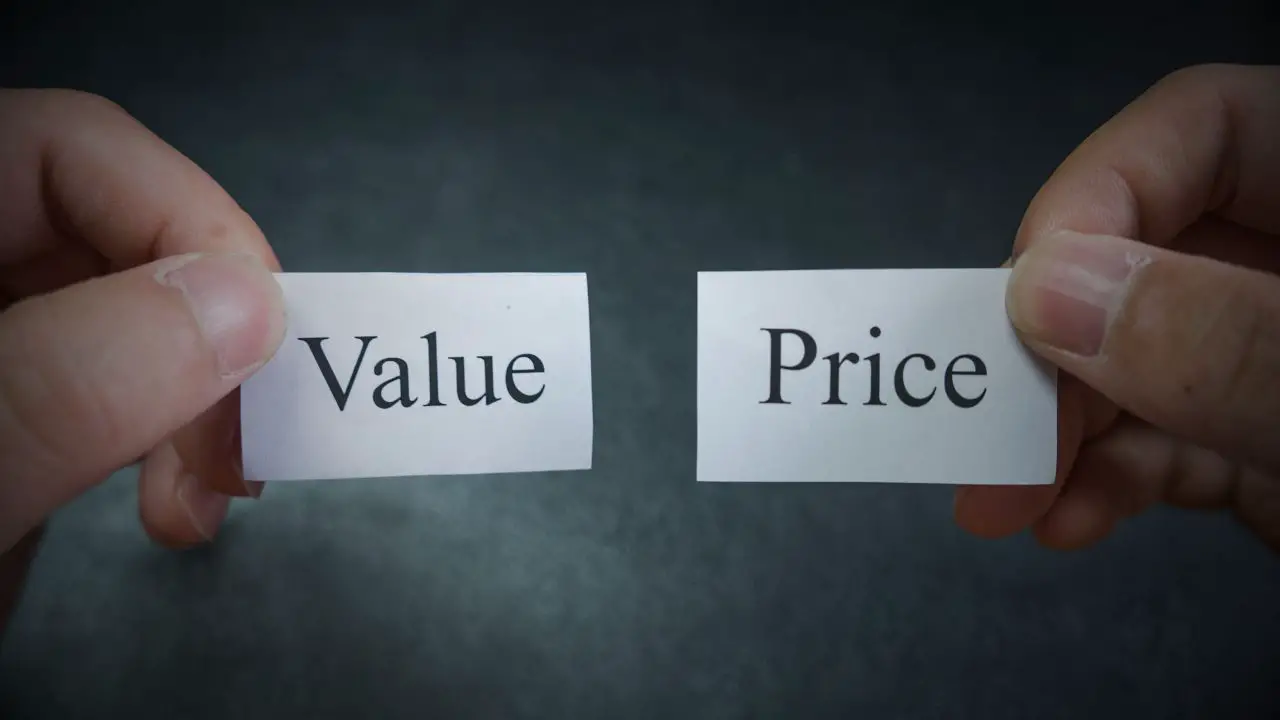Options are financial instruments that give the holder the right, but not the obligation, to buy or sell an underlying asset at a predetermined price before a specified expiration date. One key factor affecting the value of an option is time decay.
Basics of Time Decay
Time decay, also known as theta, represents the decrease in an option’s value as time passes, all else being equal. Time decay is a natural part of options pricing, as the time value portion of an option’s premium tends to diminish as the expiration date approaches. This is because the probability of the option being exercised, or being “in the money,” decreases as time goes by.
Factors Affecting Time Decay
Several elements influence an option’s rate of time decay, such as the option’s moneyness, the time remaining until expiration, and implied volatility.
- The Moneyness of Options: Moneyness represents the relationship between an option’s strike price and the current market price of the underlying asset. Options can be categorized as in-the-money (ITM), at-the-money (ATM), or out-of-the-money (OTM). Time decay tends to be the highest for ATM options, while ITM and OTM options generally experience less time decay.
- Time to Expiration: As the expiration date approaches, time decay accelerates. Consequently, options with less time until expiration tend to lose value more swiftly than options with more time until expiration.
- Implied Volatility: Implied volatility (IV) is a measure of the expected future volatility of the underlying asset. When implied volatility is high, options tend to have higher premiums – which can then lead to a higher rate of time decay (theta).

Intrinsic vs. Extrinsic Value
Intrinsic Value: The Real Worth
Intrinsic value represents the difference between the option’s strike price and the current market price of the underlying asset. It is the portion of an option’s premium that reflects its real worth if it were exercised immediately. Intrinsic value can never be negative; if the option is out-of-the-money, its intrinsic value is considered zero.
For call options, intrinsic value is calculated as the underlying asset’s market price minus the strike price, while for put options, it’s the strike price minus the underlying asset’s market price. Intrinsic value demonstrates the built-in profit potential of an option at any given time.
Extrinsic Value: The Time and Volatility Premium
Extrinsic value, also known as time value, is the portion of an option’s premium that accounts for factors other than the intrinsic value. Extrinsic value is influenced by time remaining until expiration, implied volatility, and interest rates. It represents the amount an investor is willing to pay for the possibility that the option may become profitable before expiration.
As time progresses and the option’s expiration date approaches, extrinsic value diminishes due to time decay. Additionally, extrinsic value is influenced by changes in implied volatility, with higher implied volatility leading to higher extrinsic value and vice versa.
Time Decay and Option Strategies
Time decay’s impact on option strategies varies, and understanding these differences is essential for successful trading. Let’s look at some common strategies and their relationship with time decay:
Buying (Long) Options
When purchasing options, you pay the premium upfront, making you susceptible to the negative effects of time decay. The closer the option gets to its expiration date, the more value it loses due to time decay, thereby reducing profit potential.
Selling (Short) Options
Conversely, selling options benefits from time decay. As the option’s seller, you receive the premium upfront, and as time passes, the option loses value, which works in your favor. This decline in value makes it less expensive for you to buy back the option or let it expire worthless, allowing you to retain the entire premium received.
Calendar Spreads
A calendar spread involves buying and selling options with identical strike prices but different expiration dates. This strategy aims to capitalize on time decay by selling a near-term option and purchasing a longer-term option. As time progresses, the near-term option loses value faster than the longer-term option, potentially resulting in profit.
An example could look like this:
- Strike A: Sell a call expiring this week
- Strike A: Buy a call expiring three months from now

Iron Condors
An iron condor is a neutral strategy that combines two vertical spreads — one bullish and one bearish — with the objective of profiting from a range-bound market. It’s created by selling an OTM call and put while buying further OTM call and put options to limit the risk. Time decay works in favor of the iron condor, as the options sold lose value more rapidly than the options bought.
An example might look something like this:
- Strike A: Buy a put
- Strike B: Sell a put
- Strike C: Sell a call
- Strike D: Buy a call

Managing Time Decay Risk: Tips and Tricks
Managing the risk associated with time decay is a critical component of options trading. Below are some strategies for mitigating time decay risk:
- Diversification: Diversifying your options portfolio can help reduce the impact of time decay. This can be achieved by incorporating different strategies, expiration dates, and underlying assets, ensuring that the impact of time decay on individual positions is balanced out by the performance of the overall portfolio.
- Monitoring and Adjusting Positions: Regularly monitoring your options positions and adjusting them as needed can help manage time decay risk. For instance, if you notice that an option’s value is eroding rapidly due to time decay, you may consider closing the position or rolling it to a later expiration date to maintain its potential for profit.
Final thoughts
Options time decay is a vital concept for traders to understand and manage. Its significant role in determining the value of options can impact various trading strategies differently. By familiarizing yourself with the factors that affect time decay and learning to incorporate strategies that account for it, you can make more informed decisions and better manage your options portfolio.
FAQs
Options time decay, also known as theta, refers to the decrease in an option’s value as time passes, all else being equal. It is a natural part of options pricing and represents the diminishing time value portion of an option’s premium.
Time decay impacts option strategies differently. For example, long options are negatively affected by time decay, while short options benefits from it. Strategies such as calendar spreads and iron condors seek to take advantage of time decay to generate profits.
The main factors that influence time decay are the moneyness of the option, the time remaining until expiration, and the implied volatility.
Yes, certain option strategies can profit from time decay. For example, selling options, calendar spreads, and iron condors are strategies designed to benefit from the erosion of an option’s value due to time decay.
Time decay tends to have a more significant impact on options with shorter timeframes and options that are at-the-money. As the expiration date approaches, time decay accelerates for all options, but it is more pronounced for options that are closer to being at-the-money. Options with longer timeframes will experience time decay at a slower rate initially, but this rate will increase as the expiration date draws nearer.



